There are more and more patients with hyperlipidemia. According to the Guidelines for the Prevention and Treatment of Dyslipidemia in Chinese Adults (Revised 2016), the overall prevalence of dyslipidemia in Chinese adults is as high as 40.4%. That is, 4 out of 10 adults have dyslipidemia.
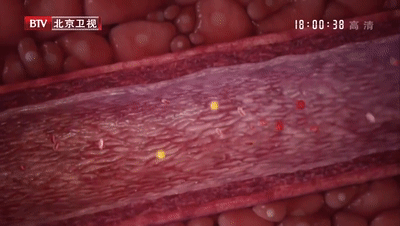
Traditional Chinese medicine believes that the occurrence of common hyperlipidemia is related to three major causes. For hyperlipidemia caused by different reasons, what practical methods can be used to assist in conditioning?
Hyperlipidemia caused by spleen dampness
Nowadays living standards are getting better and better, the intake of nutrients is excessive, and at the same time, they are not fond of activities, resulting in impaired spleen and stomach transport and transformation functions. Once the transport, transformation, absorption, excretion and other functions of the spleen are damaged, the dampness of the spleen will stop and the lipid turbidity will cohere.
Common symptoms of hyperlipidemia caused by spleen dampness: overweight body, frequent dizziness, constant feeling of blockage in the chest and epigastric area, frequent nausea, retching, heavy body, easy stool sticking to the toilet, pale tongue with teeth Marks, white and slippery tongue coating, etc.
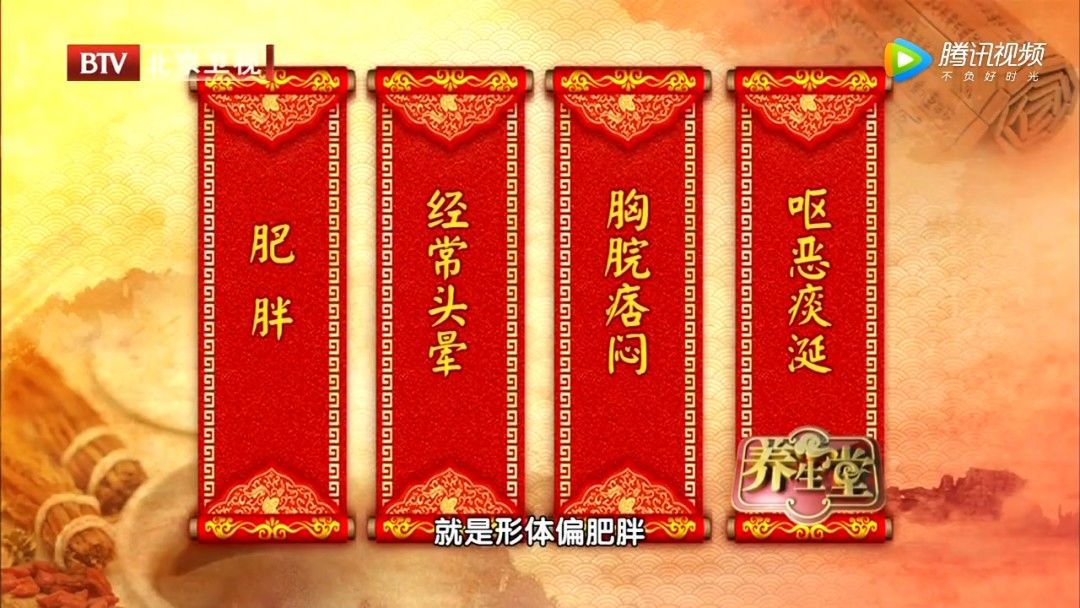
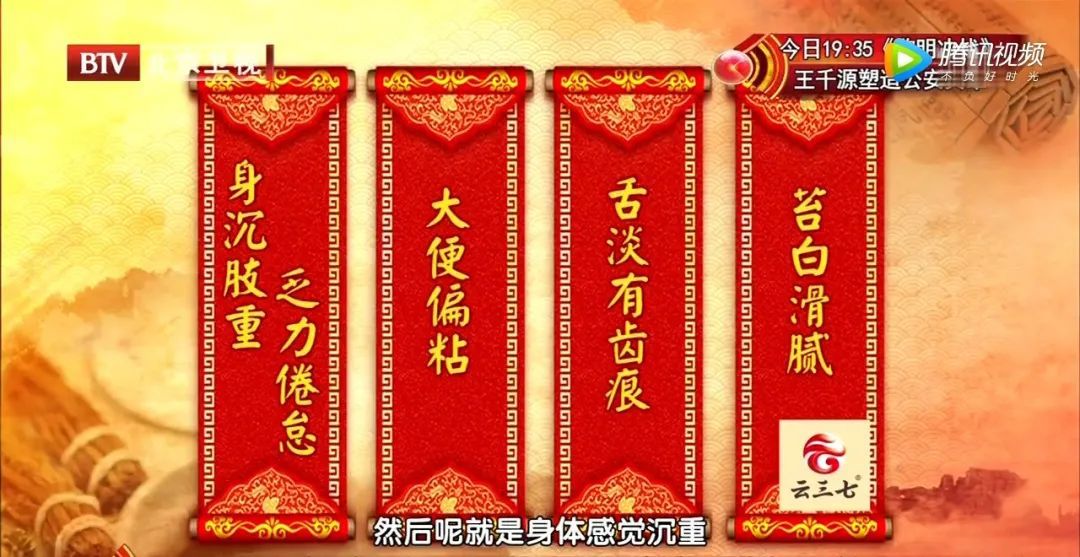
Spleen dampness is mainly caused by improper diet, so experts recommend a bowl of spleen-invigorating and lipid-lowering noodles as a staple food, which helps to strengthen the spleen and remove dampness and lower blood lipids.
Spleen and lipid-lowering noodles
Ingredients: 3 servings of soybeans, 2 servings of yam, 1 serving of cassia seeds, appropriate amount of wheat flour.
Method: Soybeans, yam, and cassia seeds are mixed with a small amount of water to make juice, then add flour and make dough to make noodles. If there is excess juice, you can add water to noodle and make noodle soup to eat together.
Soybean invigorates the spleen, yam invigorates the spleen and stomach, and can improve blood circulation. Cassia clears the liver and improves eyesight, lowers blood pressure and lowers lipids, and can improve cholesterol metabolism disorders.

It is recommended to use carrots, mushrooms, black fungus, garlic slices, minced ginger to fry and season the braised noodles. They are all ingredients that help reduce lipids. Now in spring, you can also put some mung bean sprouts, which have the effect of clearing the meridians and reducing dampness and heat.
Hyperlipidemia caused by liver depression
“Nanjing” mentions that “the accumulation of liver gas is called fat qi”, which means that the accumulation of liver qi is like fat meat. The influence of emotions leads to the disorder of qi and qi, and the stagnation of liver qi leads to hyperlipidemia.
Common symptoms of hyperlipidemia caused by liver stagnation: Depressed personality, often sighing, chest tightness, distending pain in the lower abdomen and flanks, epigastric discomfort, hiccups, pantothenic acid and bitter water, decreased appetite, pale tongue with dark or slightly yellow coating.
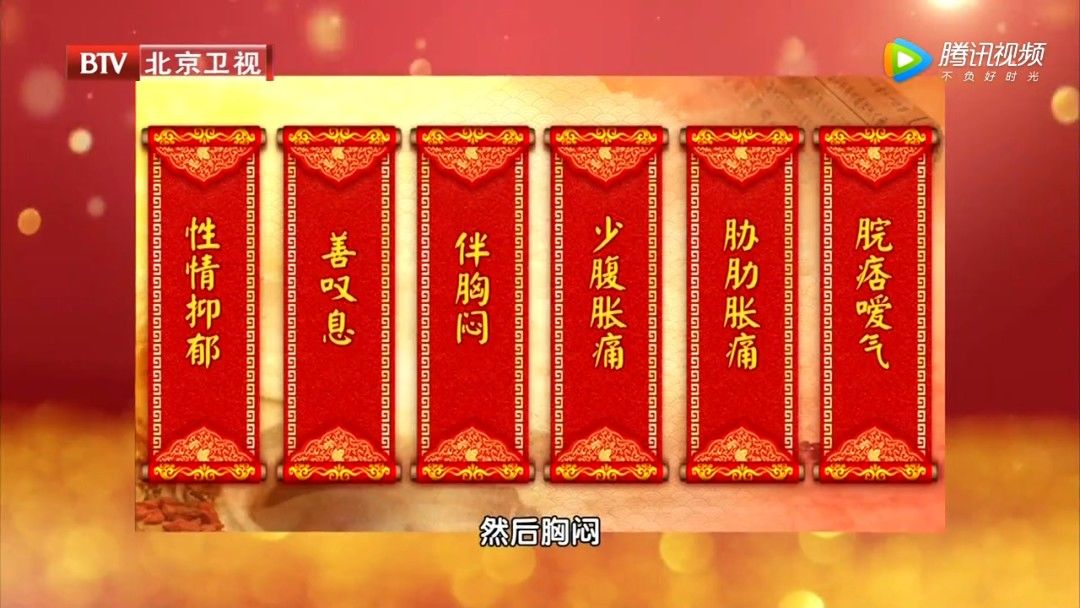
For hyperlipidemia caused by liver stagnation, you can drink liver-soothing and lipid-lowering tea for conditioning.
Shugan and lipid-lowering tea
Recipe: 1.5g of bergamot, 0.5g of hawthorn, 1g of Gynostemma pentaphyllum, 1.5g of licorice, 1g of dried tangerine peel, 0.5g of rose. After boiling the boiling water for 3-5 minutes, brew these herbs. Drinking before meals has a better lipid-lowering effect, and drinking after meals has a stronger effect on digestion.
Recipe: bergamot soothes the liver and regulates qi, hawthorn digests food and eliminates accumulation, promotes blood circulation and qi, Gynostemma pentaphyllum tonifies qi and strengthens spleen, lowers lipids and lowers blood pressure, rose flower promotes blood circulation, soothes liver, tangerine peel regulates qi and strengthens spleen, licorice tonifies the middle and invigorates qi and harmonizes Medicines.
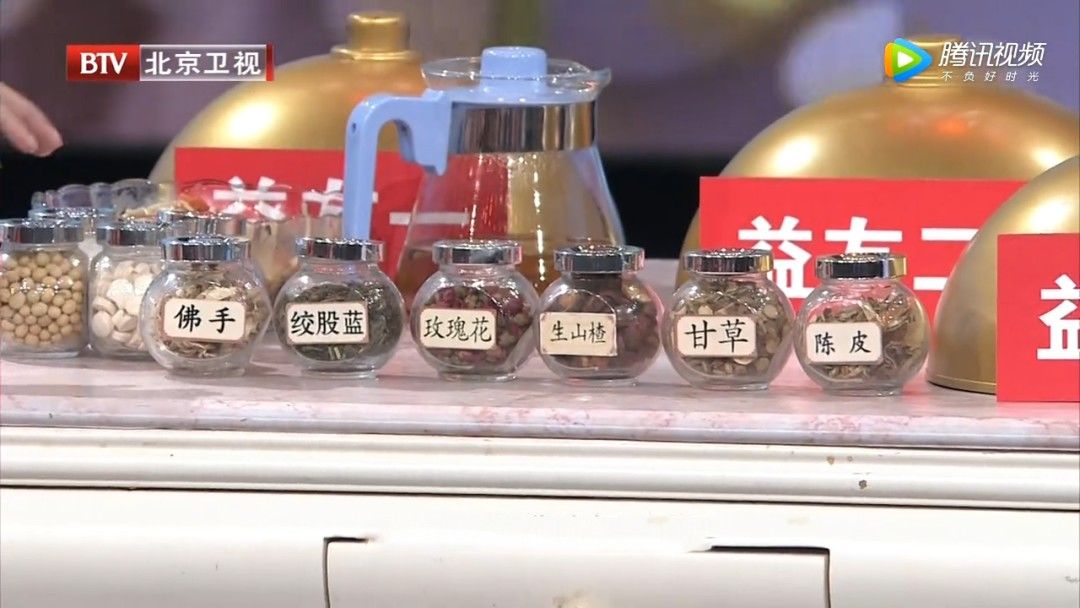
Notes:
1. This cup of tea has the effect of promoting blood circulation. If you feel dizzy when taking it, you can add more water to dilute the concentration of the tea.
2. This recipe is only suitable for patients with hyperlipidemia caused by liver stagnation. It is recommended to consult a doctor to identify the constitution before use.
Hyperlipidemia caused by kidney deficiency
After a person is over 40 years old, the kidney qi declines, and most of the clinical hyperlipidemia occurs from around the age of 40. Hyperlipidemia caused by kidney deficiency is divided into two categories: spleen-kidney yang deficiency syndrome and liver-kidney yin deficiency syndrome. Kidney yang deficiency, insufficient fire of life gate, weakened driving force, easy deposition of lipids, leading to high blood lipid;

Common symptoms of hyperlipidemia caused by deficiency of spleen and kidney yang: fat body, especially a big belly, fear of cold, weak waist and knees, dizziness, frequent urination, fat tongue with teeth marks, etc.
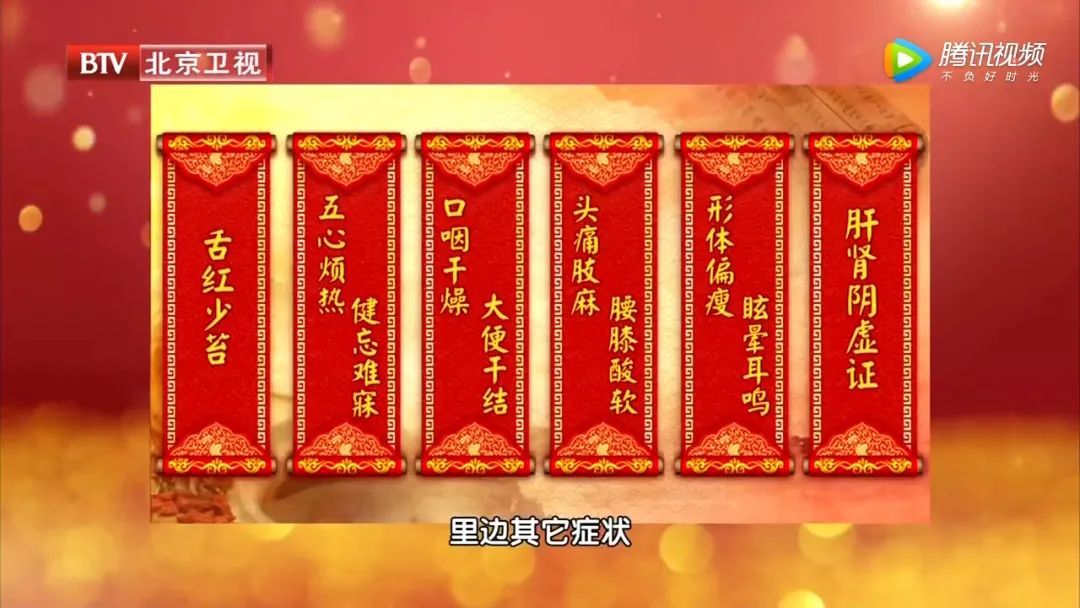
Common symptoms of hyperlipidemia caused by liver and kidney yin deficiency: soreness and weakness of waist and knees, heart, mouth, hands and feet are upset and hot, body is thin, dizziness, tinnitus, dry mouth and throat, dry stool, red tongue with little coating, etc.For hyperlipidemia caused by kidney deficiency, you can often press three acupoints for nourishing the kidney to achieve the effect of tonifying the kidney and lowering lipids.
Yishen Jiangzhi Point
Sanyinjiao Point: The four fingers of the opposite hand are placed together on the highest point of the inner ankle of the foot, and the position where the little finger and the midline of the calf intersect is Sanyinjiao Point. It is the intersection of Foot Taiyin Spleen Meridian, Foot Jueyin Liver Meridian and Foot Shaoyin Kidney Meridian. It can be rubbed clockwise for more than 30 times and counterclockwise for more than 30 times. Massage between 5:00-7:00 pm works best.

Guanyuan Point: The position corresponding to the four horizontal fingers below the navel is Guanyuan Point. It has the functions of invigorating vitality, reconciling qi and blood, invigorating the kidney and strengthening the abdomen. Use the abdominal massage method, with the palm facing Guanyuan point, massage 120 times clockwise, and then massage 120 times counterclockwise.
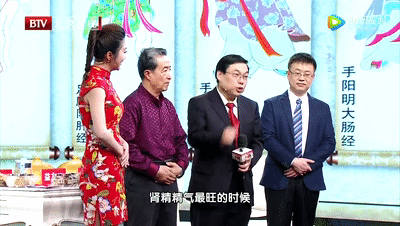
Houxi Point: Make a fist with the hand, the highest point of the horizontal stripe on the side of the little finger is Houxi Point. It is an acupoint of the Small Intestine Meridian. Massage this acupoint can regulate lipid metabolism. At the same time, it is connected to the Du meridian and can warm the kidneys. Use the opposite thumb to press towards the metacarpal bone, press harder, and feel the best if there is soreness and slight pain, press for about five minutes. Then knead 120 times clockwise and counterclockwise.
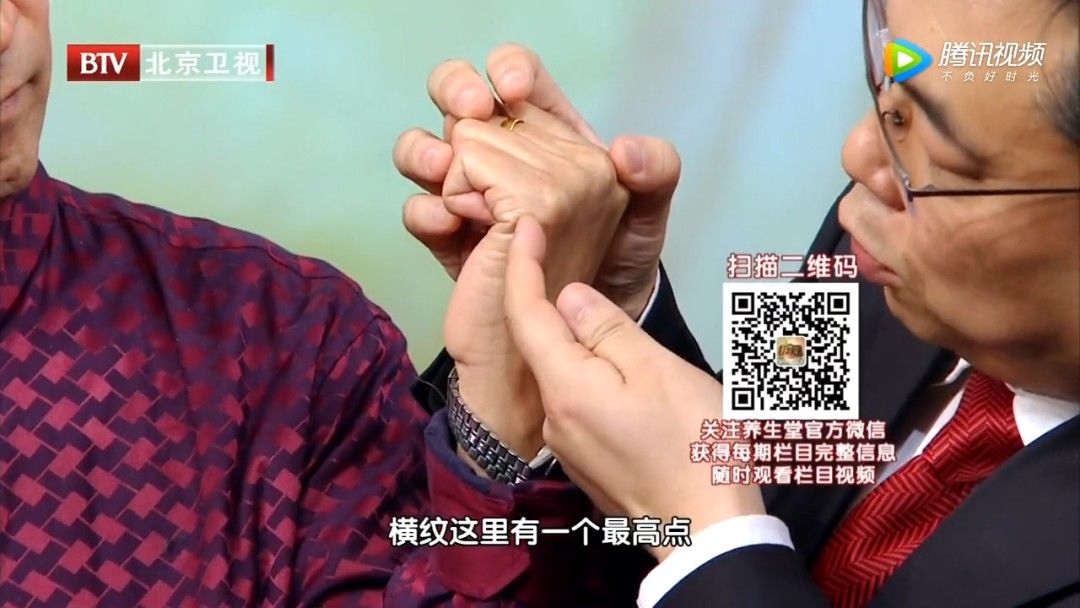
5-7 p.m. is the time when the kidney qi is most developed, and pressing and rubbing these acupoints during this time has the best effect.
(Healthy Kitchen)